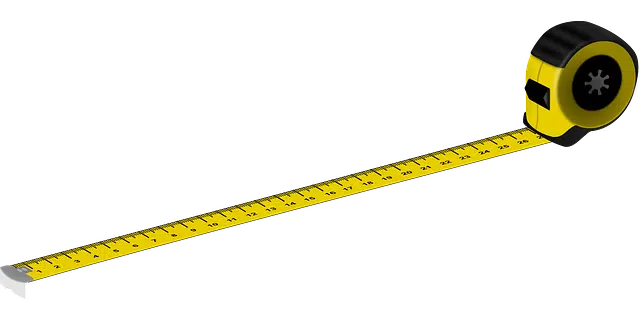
A physical quantity is called length.
The concept of length has its origin in the Latin word longitude and is intended to name the physical magnitude that allows marking the distance that separates two points in space, which can be measured, according to the International System, using the meter unit.
To cite specific examples of use: “I need a wooden shelf with a length of 40 centimeters” , “This table has a length of more than 50 centimeters, I don't think it will fit in our kitchen” , “The length of the bed barely allows place to spend.”
The wavelength
It is also interesting to mention that the wavelength is the separation between two points that belong to the same phase of two consecutive waves.
This length is proportionally inverse to the frequency of the wave: thus it can be established that the long wavelength is linked to a low frequency, while the short wavelengths correspond to a high frequency .
Height and width
On the other hand, it must be said that the vertical length is popularly mentioned as height and the horizontal length is in turn associated with width : “This closet has a height of 1.8 meters” is a more common phrase than “This closet has a vertical length of 1.8 meters.” Likewise, it is often said “The width of this table does not exceed 70 centimeters” , instead of “The horizontal length of this table does not exceed 70 centimeters” .

In cartography, longitude is a measurement that reflects the angular distance between a point on the Earth's surface and the base meridian.
Latitude and longitude
When an airplane pilot or the captain of a cruise ship wants to communicate their position on the planet via radio, they have two numerical values, which make up a coordinate , called latitude and longitude. These are angles, which are measured in degrees, minutes, and seconds of arc . These nomenclatures, however, can be shortened depending on the context, omitting "of arc", as long as it is understood that we are not talking about time.
Lines of latitude cut the Earth from one side to the other, and measure the angle formed between any part of the planet and its center. In this way, the globe has a series of rings that surround it, where the one that passes through the equator has the largest diameter and those located at the poles are just points.
To measure the latitude of a point on Earth, it is necessary to calculate the angle formed by the radius that goes to said point and that of the equator; If the site in question is above or below the latter, it is called northern or southern latitude , respectively.
The meridians
On the other hand, there is a series of lines that join the poles and have a constant length; They are called meridians . All of them cross the equator, which is divided into 360 degrees; In this way, to know the longitude of a given point, it is enough to know at what angle of the latitude in question the meridian falls.
The so-called zero longitude passes through the Royal Greenwich Astronomical Observatory, located in London, England. This center has become a museum, where people usually take photographs, attracted by the metal line located in its patio, which represents the Greenwich meridian .
Both the equator line and zero longitude divide the planet into four hemispheres : northern, southern, eastern and western. Furthermore, the name meridian has its origin in Latin and its meaning is close to that of "noon", which led to the expressions "ante meridian" and "post meridian", whose initials are used when telling the time, when it is not It is in 24 hour format. In turn, on each line of longitude, a time difference is seen, which is measured taking Greenwich as a reference point , whether to add or subtract sixty minutes.
